Nghe An Ruoi is washed, put into a ceramic jar with salt and spices, after one month it produces a thick fish sauce the color of cockroach wings or honey yellow.
In the lower reaches of the Lam River, many households in Hung Nguyen District make shrimp paste. This type of invertebrate lives in brackish water at river mouths and estuaries, and contains a lot of protein and minerals such as calcium, phosphorus, iron, and zinc. Every year from September to December of the lunar calendar, people often use nets to cover the rice fields along the river to catch shrimp, then sell them to traders or traditional fish sauce and sausage making establishments for 400,000-500,000 VND/kg.
The process of making shrimp paste of Hung Nguyen people. Video: Hung Le
Having been making shrimp paste for nearly 20 years, Ms. Vo Thi Ngoc Lan, 44 years old, residing in Chau Nhan commune, Hung Nguyen district, said that in the past, there were many shrimps, and there were nights when people in Chau Nhan commune went to the fields and caught dozens of kilograms to bring home as food. Not being able to eat them all, and lacking a refrigerator to preserve them, some families came up with a way to make shrimp paste to use gradually. Over time, shrimp paste has become a specialty of Hung Nguyen, favored by customers in and outside the province.
To make a batch of shrimp paste, you need to prepare spices such as tangerine peel, salt, chili powder, brown sticky rice, fresh turmeric, shallots, ginger... According to Ms. Lan, the sticky rice must be roasted until it turns golden brown, then ground and sieved very finely to make the powder. Shallots, tangerine peel, ginger, chili powder, fresh turmeric help to enhance the aroma and color, all are put into a blender to puree. Salt is roasted to create a rich flavor for the paste.
Having prepared all the spices, Ms. Lan washed 10 kg of fresh blood worms, let them drain for about two hours, then put them in a 40 cm high, 20 cm diameter earthenware jar, and sprinkled the spices evenly on top. Using two bamboo chopsticks longer than 50 cm, she beat them well to mix the blood worms and the ingredients together.
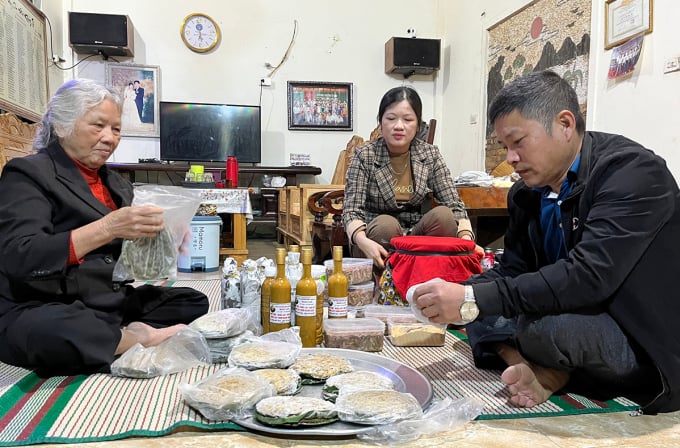
Ms. Lan and her family members prepare spices to make shrimp paste. Photo: Hung Le
When she feels the shrimp and spices have blended, Lan closes the lid of the earthenware jar, covers it with cloth, seals it with rubber bands, and takes the jar out to dry on sunny days. After about 2-3 days, she opens the lid of the earthenware jar, uses chopsticks to beat it for 3-5 minutes so that the fermented fish sauce inside is soaked with ingredients and cooked evenly. After a month, the fish sauce is ripe, thick, turns a brown or honey-yellow color, and has a mild aroma.
The best time to make fish sauce is in October and November, when the fish are in season and big and fat. During the processing, if cold water falls on the fish sauce, the whole jar will be ruined, so when drying it in the sun, you need to pay attention to the rain. "I usually make fish sauce in the evening, to avoid wind and insects," said Ms. Lan.
A session of salting the shrimp takes about 3 hours, on average 10 kg of fresh shrimp produces 10 liters of fish sauce. Each shrimp season lasts 3 months, Ms. Lan's family makes nearly 400 kg of shrimp, creating more than 400 liters of fish sauce.
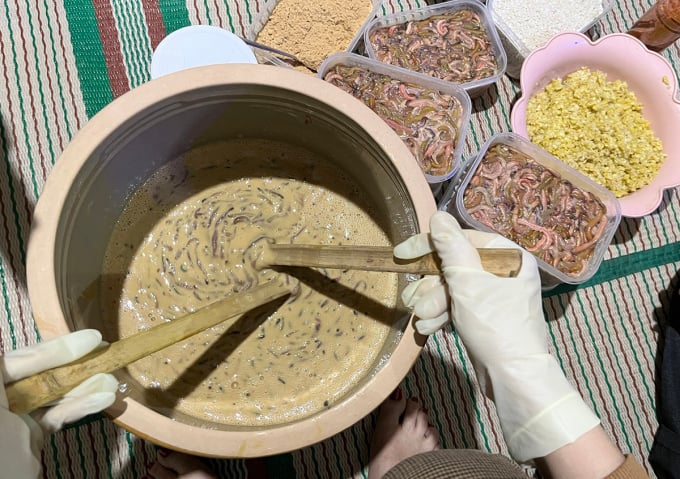
The worms are put into a ceramic jar, mixed with spices such as tangerine peel, rice bran, ginger, turmeric... and then salted for a month. Photo: Hung Le
One month after fermentation, when the fish sauce meets the standards, Lan's family takes it out and puts it in 500 ml and 1,000 ml glass or plastic bottles. The bottles are tightly capped and wrapped in nylon or newspaper. A 500 ml bottle of shrimp paste costs 400,000-450,000 VND, each 10 kg jar of fish sauce brings in revenue of 8-10 million VND.
According to Mr. Nguyen Van Tai, 45 years old, residing in Chau Nhan commune, the shrimp paste has a rich, fatty, slightly spicy taste, often used to dip boiled meat, roasted meat, steamed meat or grilled meat. Many people are not used to eating it at first, but after trying it a few times, they become addicted and call the facility to order a large quantity. Previously, each family salted 300 kg, but now the shrimp source is scarce so they only make about 150 kg.
"During Tet, fish sauce is always sold out, many customers order but there is no fresh salted shrimp. Each season, after deducting expenses, the facility earns tens of millions of dong. Many families with many employees and a large supply of shrimp earn hundreds of millions of dong in profit," said Mr. Tai.
In addition to making fish sauce, fresh rươi can be processed into many delicious dishes such as: egg molding, stir-fried bamboo shoots, soup... Some establishments in Hung Nguyen district also make rươi rolls for sale at 300,000-500,000 VND/kg. Grilled rươi rolls in banana leaves are also one of the specialties of people living along the Lam River. After being grilled, this dish is wrapped in bags, frozen and then sent to customers.
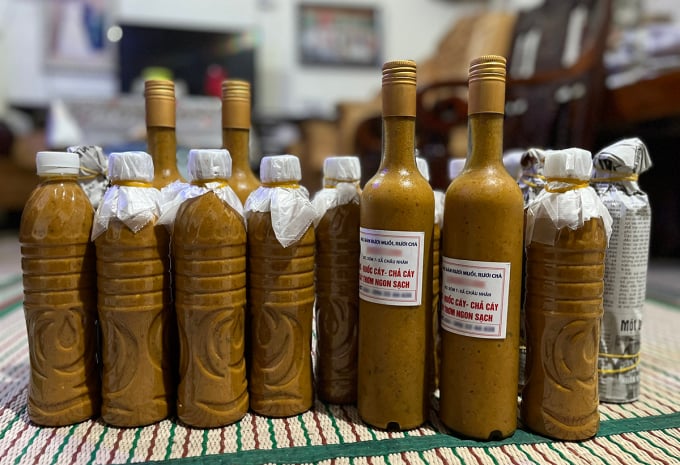
Shrimp paste is packaged in plastic and glass bottles. Photo: Hung Le
Ms. Ba Thi Dung, Deputy Head of the Department of Agriculture and Rural Development of Hung Nguyen District, said that Chau Nhan and Hung Loi communes are currently processing products from blood worms. Of these, more than 10 families have opened large trading establishments, generating a good income, while the rest mainly produce seasonally, often for personal use and gifts during Tet.
"Currently, the natural source of earthworms in the area is gradually becoming scarce. The Department of Science and Technology of Nghe An province is implementing a project to raise earthworms and supplement breeds in areas with earthworms to increase productivity and develop craft villages," said Ms. Dung.
Source link


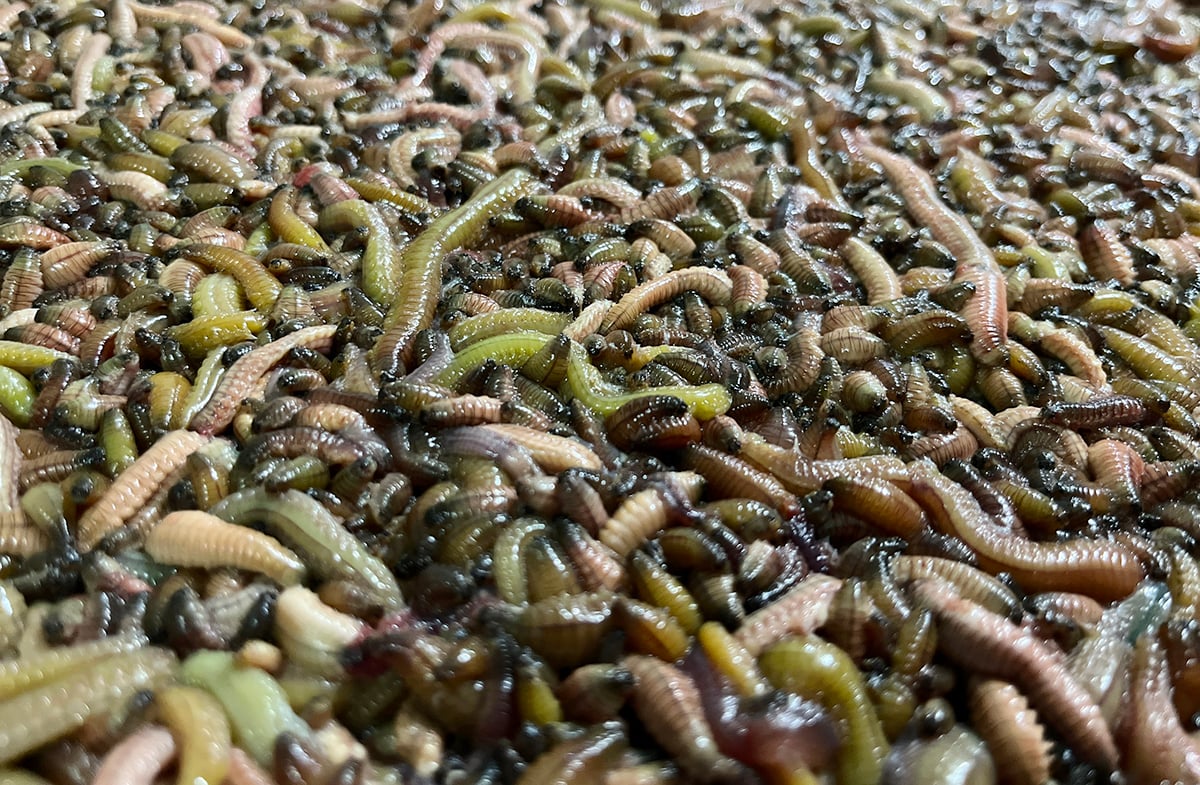
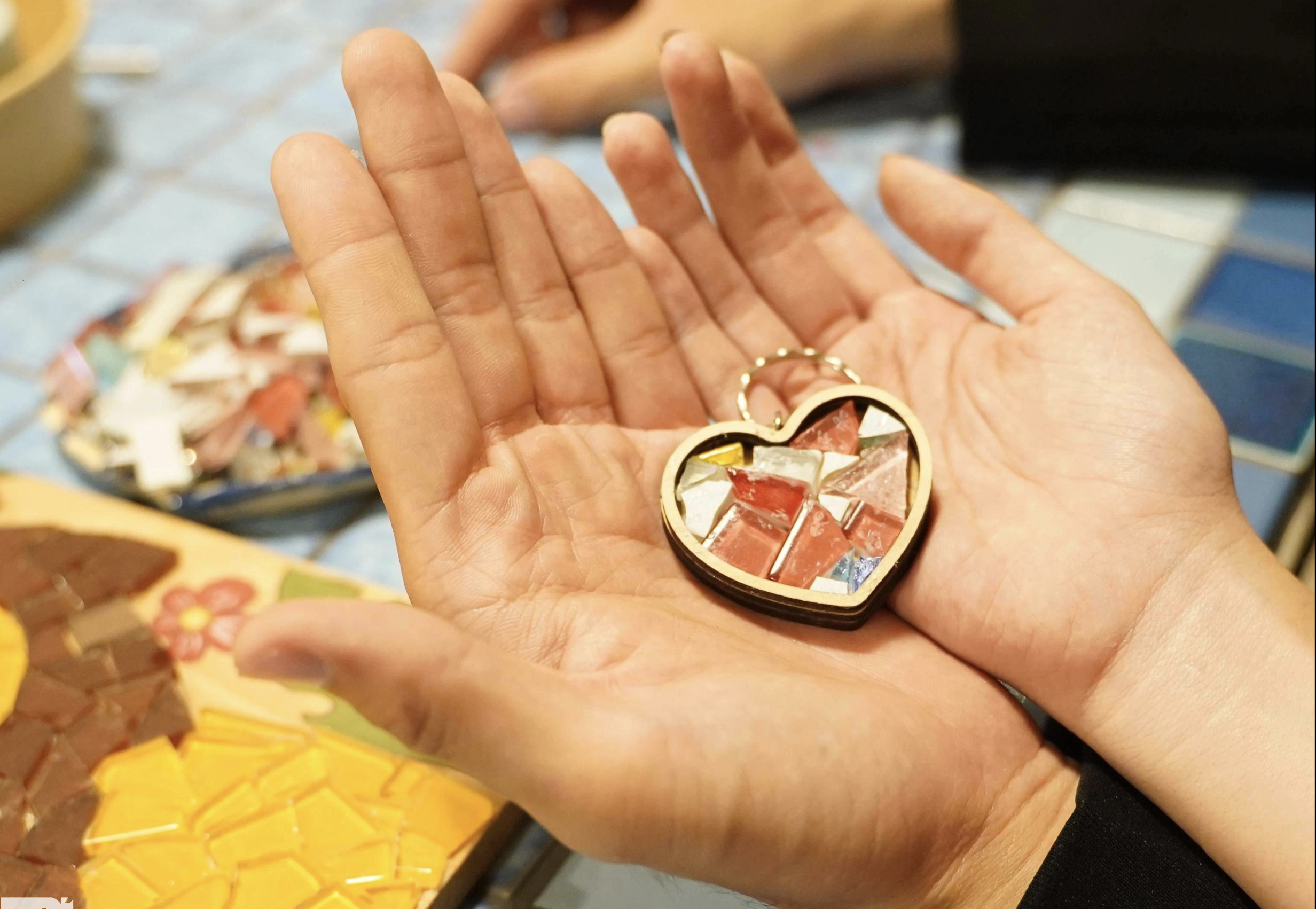


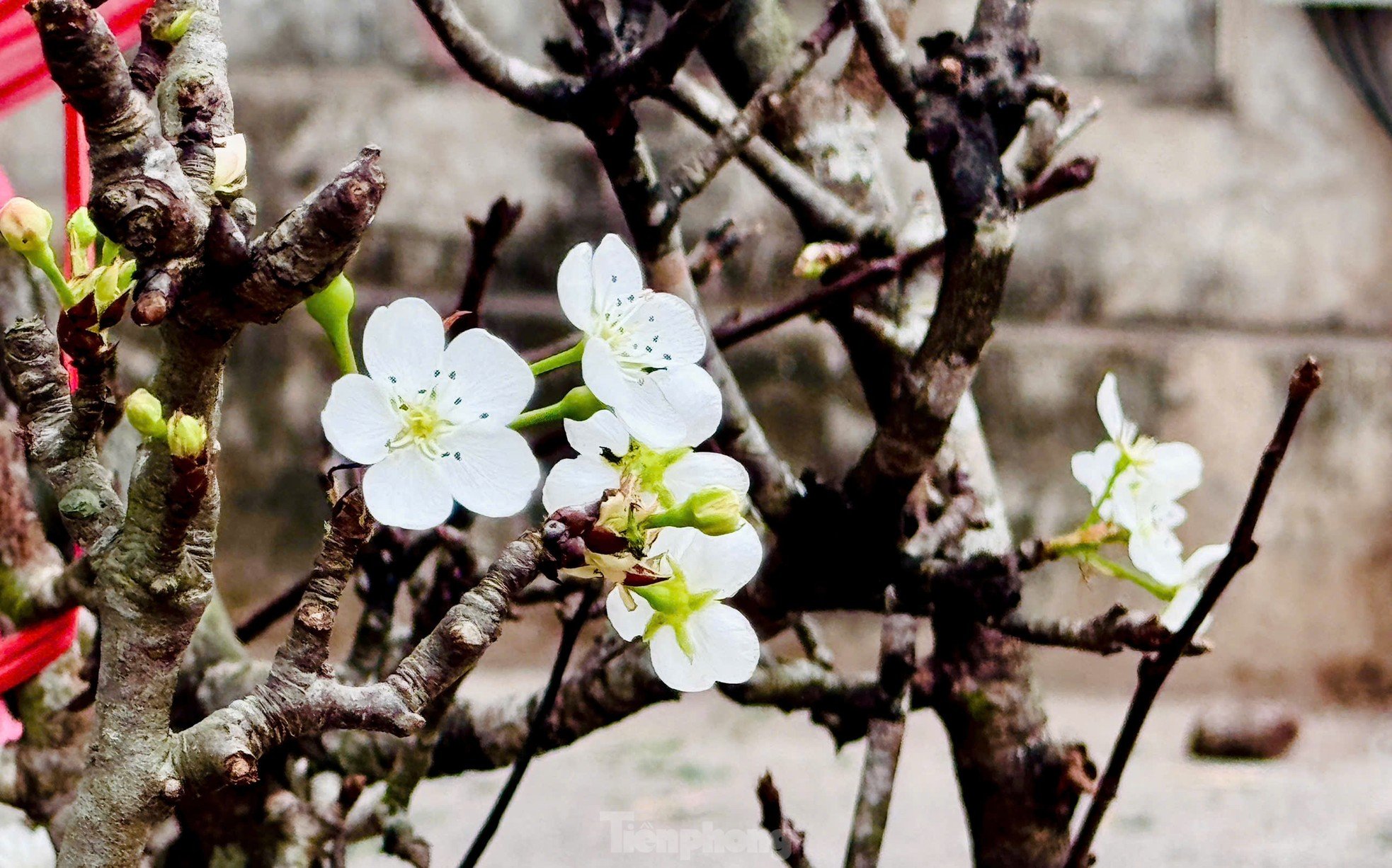
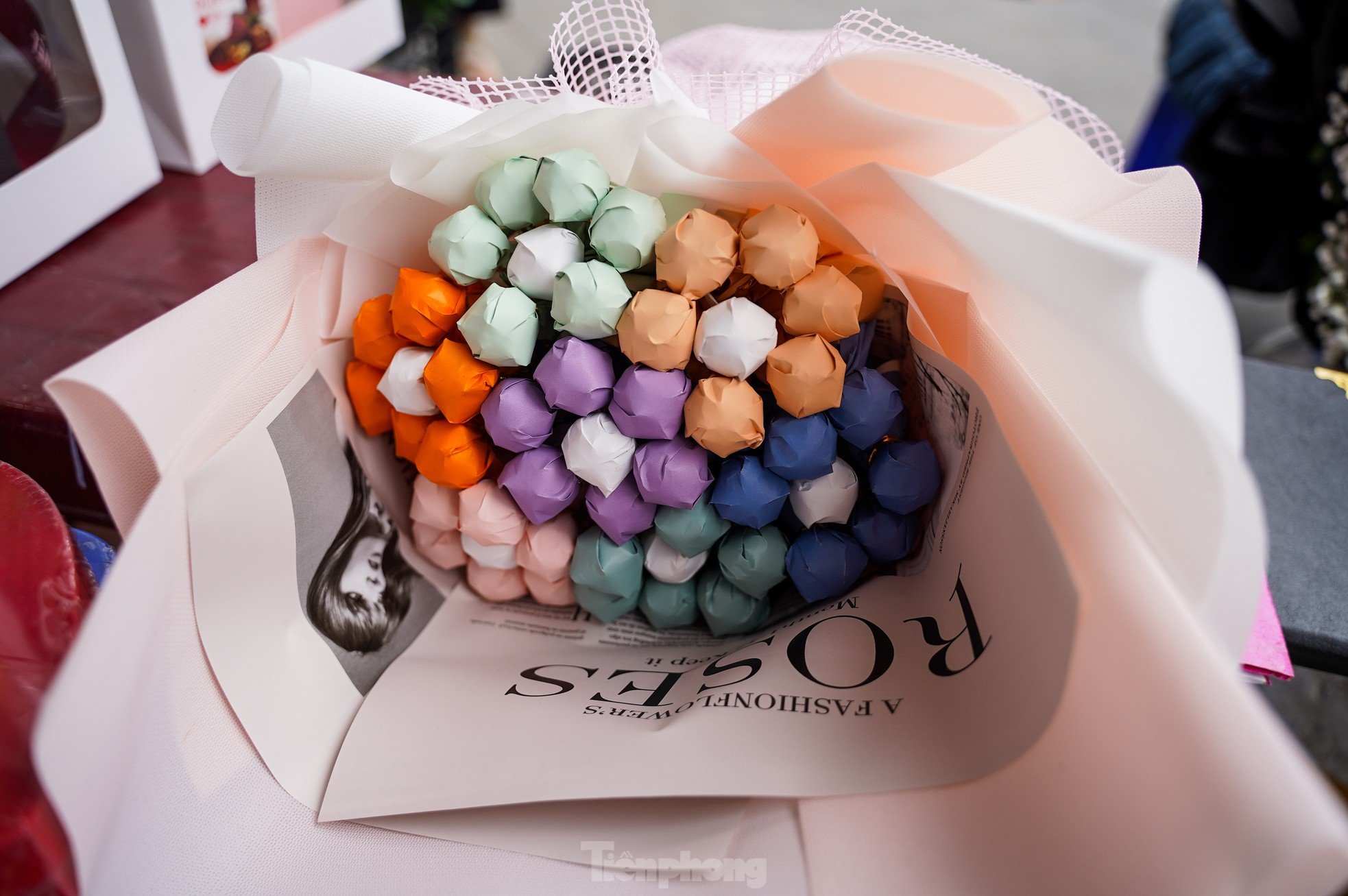



























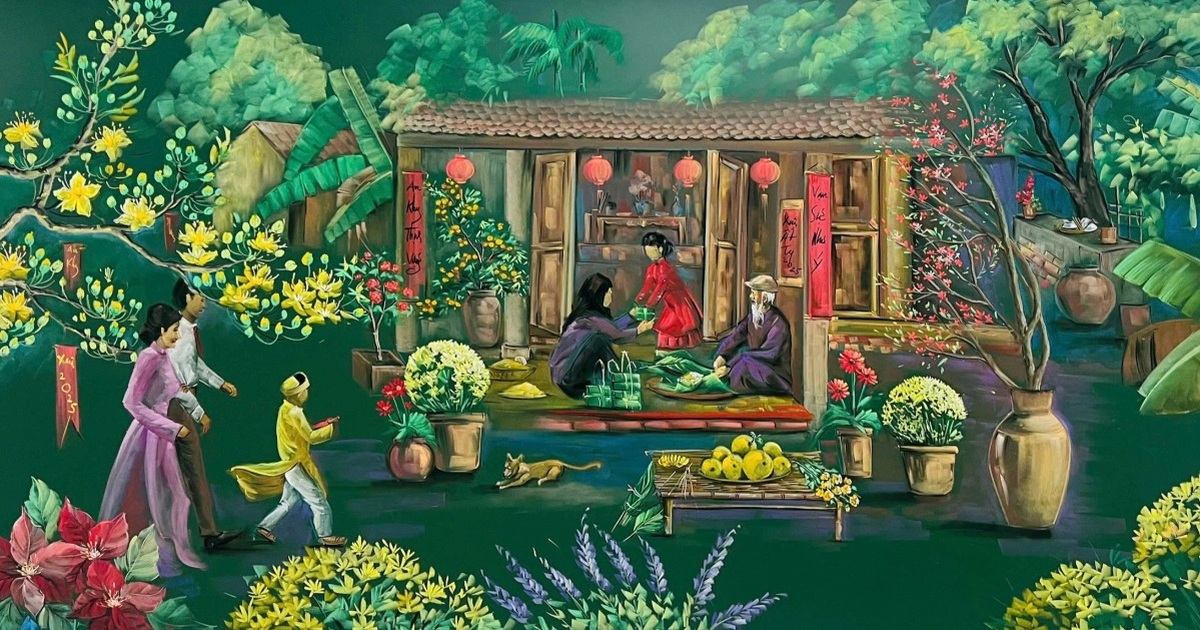


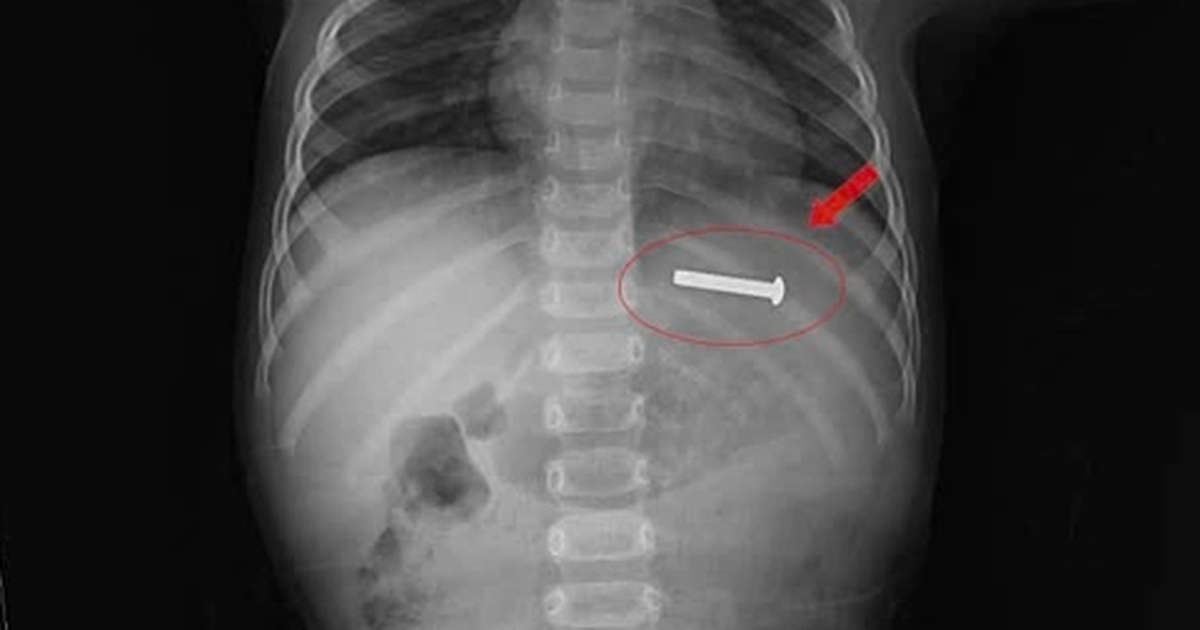

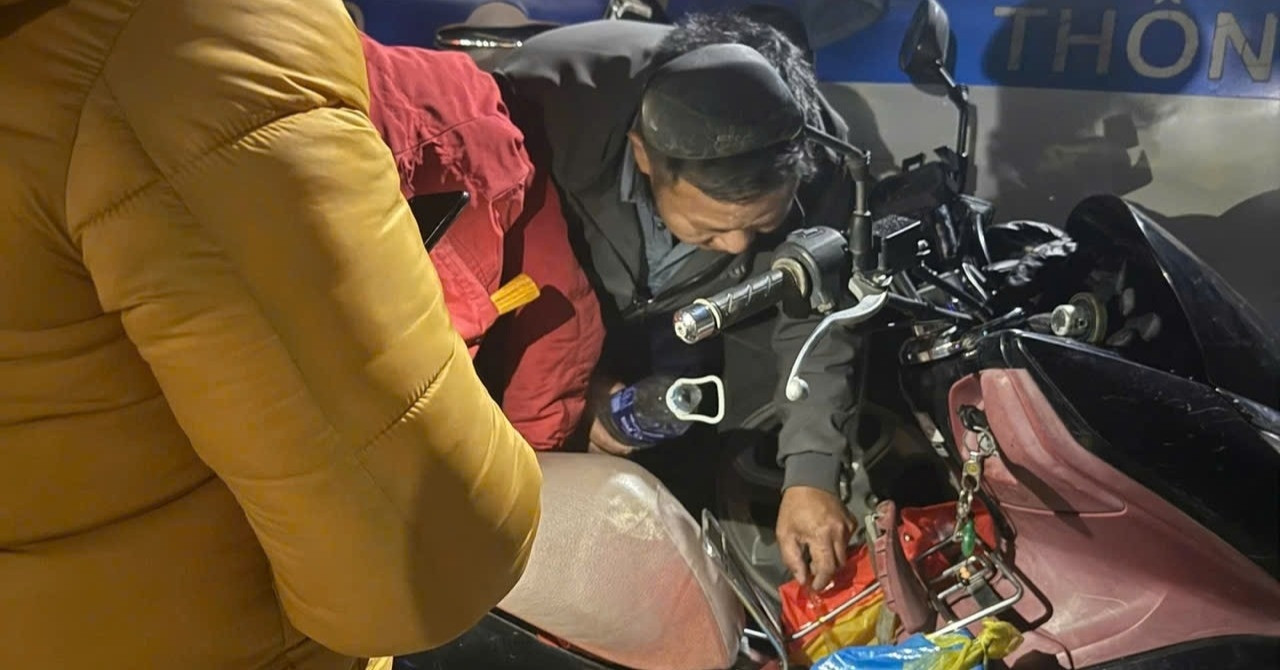

























Comment (0)